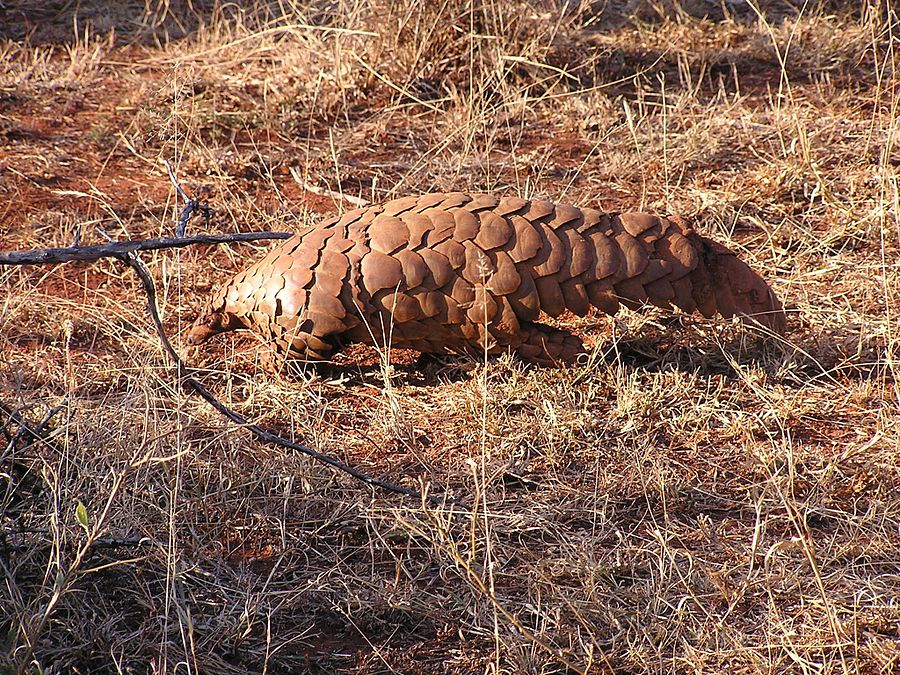Facts About Ground pangolin
The ground pangolin, also known as Temminck's pangolin or the Cape pangolin, is one of four pangolin species indigenous to Africa, specifically found in the southern and eastern regions. Named after Dutch zoologist Coenraad Jacob Temminck, these creatures are among the most critically endangered animals on the planet. Their bodies are covered in protective keratin scales, making them resemble small, armored pinecones. Their diet mainly consists of ants and termites, and they have evolved unique adaptations such as long, muscular tongues and robust stomach muscles to aid in their consumption of these insects.
Ground pangolins exhibit fascinating behavior and anatomy. They walk on their hind legs and use their formidable claws to dig burrows and raid termite nests. These solitary and nocturnal animals mark their territories and have a distinctive defense mechanism: when threatened, they curl into a tight ball and use their sharp tails to fend off attackers. Additionally, they often emit hissing sounds. Their primary predators include leopards, hyenas, and humans.
In terms of reproduction, ground pangolins typically give birth to a single offspring, which they nurse for a few months until the young pangolin is ready to venture out on its own.
Sadly, the ground pangolin is listed as vulnerable on the IUCN Red List. They face significant threats from habitat loss and illegal trafficking. Pangolins are heavily trafficked for their scales, which are highly valued in traditional medicine, and their meat, which is considered a delicacy in some cultures. This illegal trade poses a major threat to their survival, with estimates suggesting that tens of thousands of pangolins are trafficked each year.
Conservation efforts are crucial to save these unique creatures from extinction. Protecting their habitats and cracking down on illegal trade are essential steps in ensuring the survival of the ground pangolin.

 Central African Republic
Central African Republic